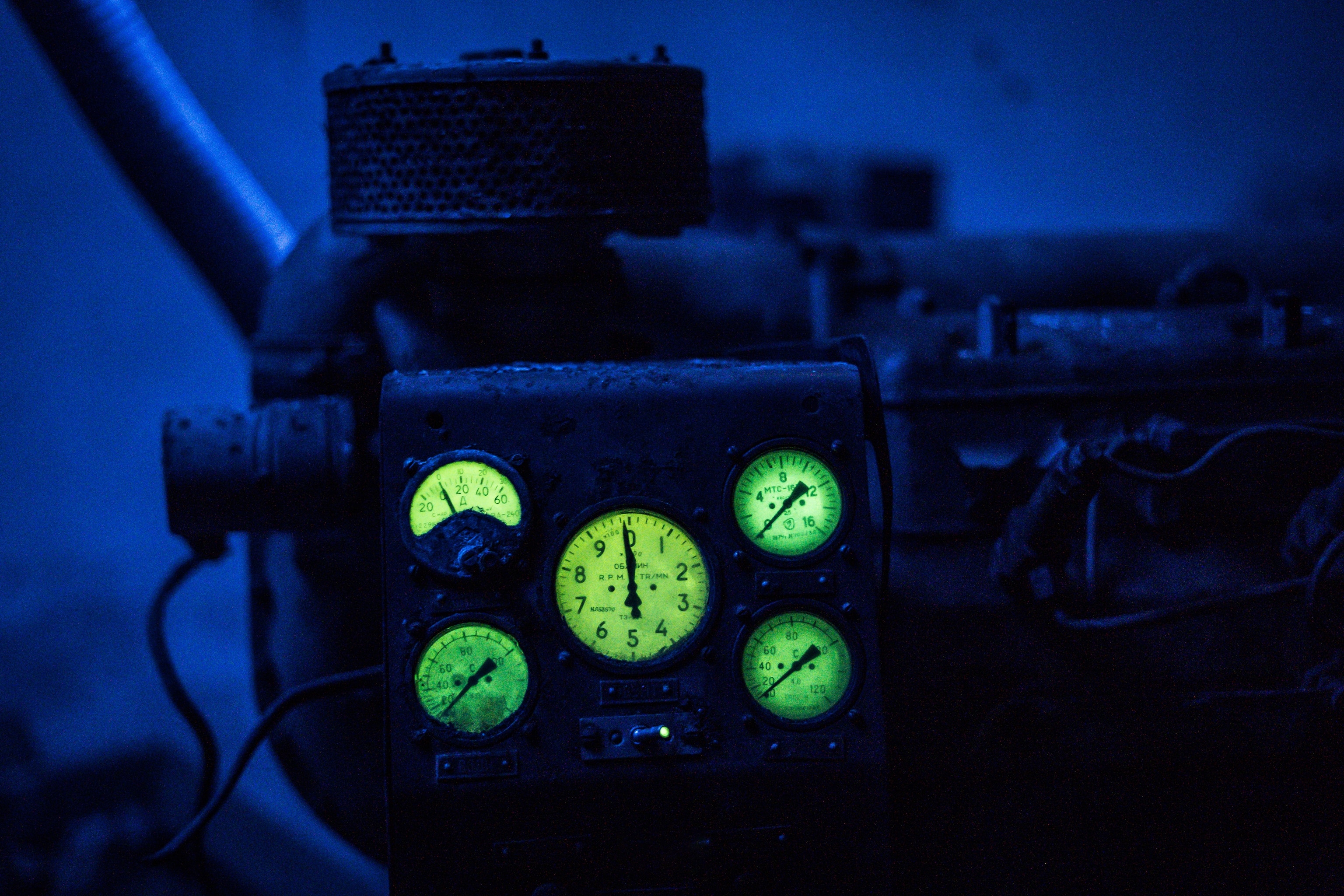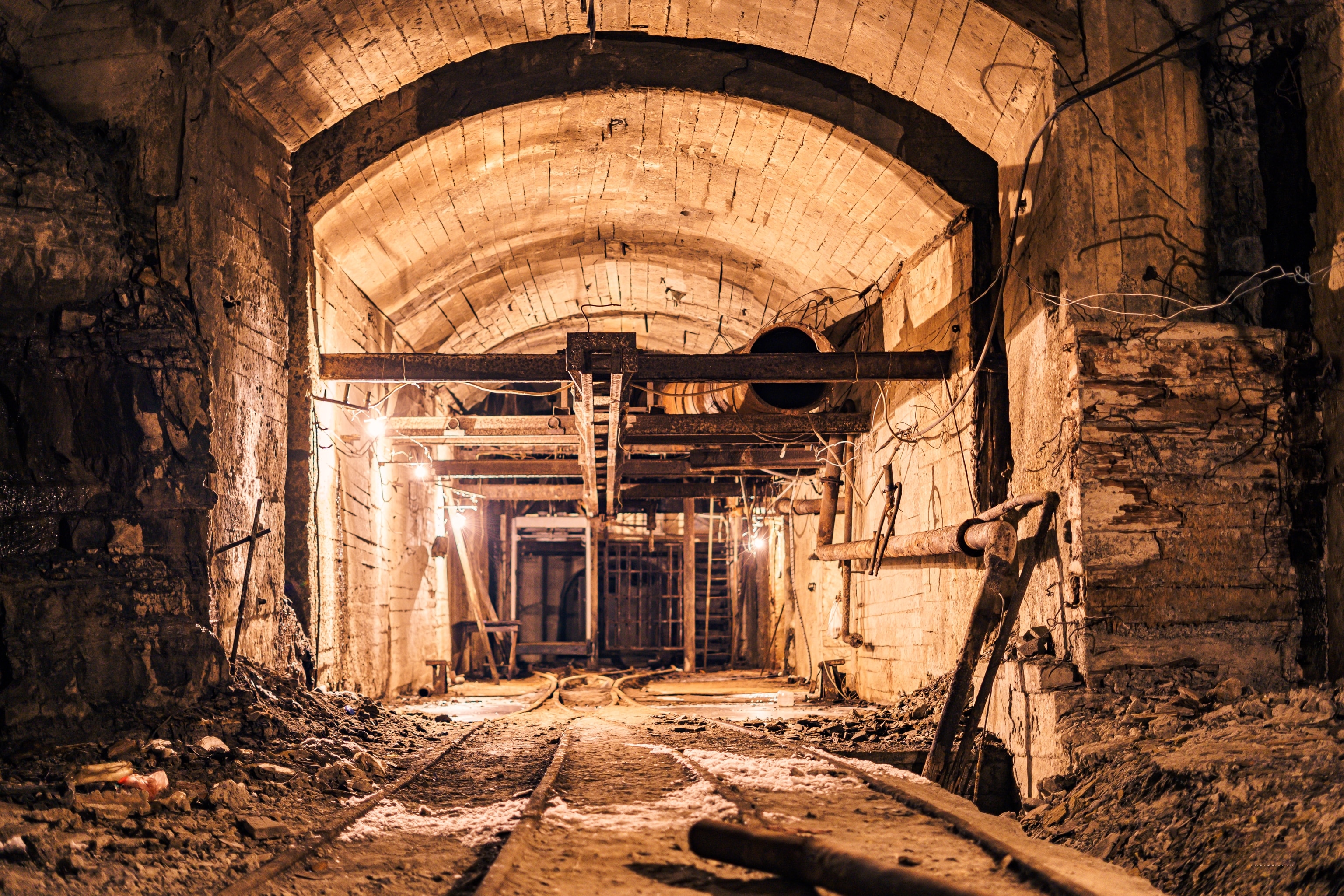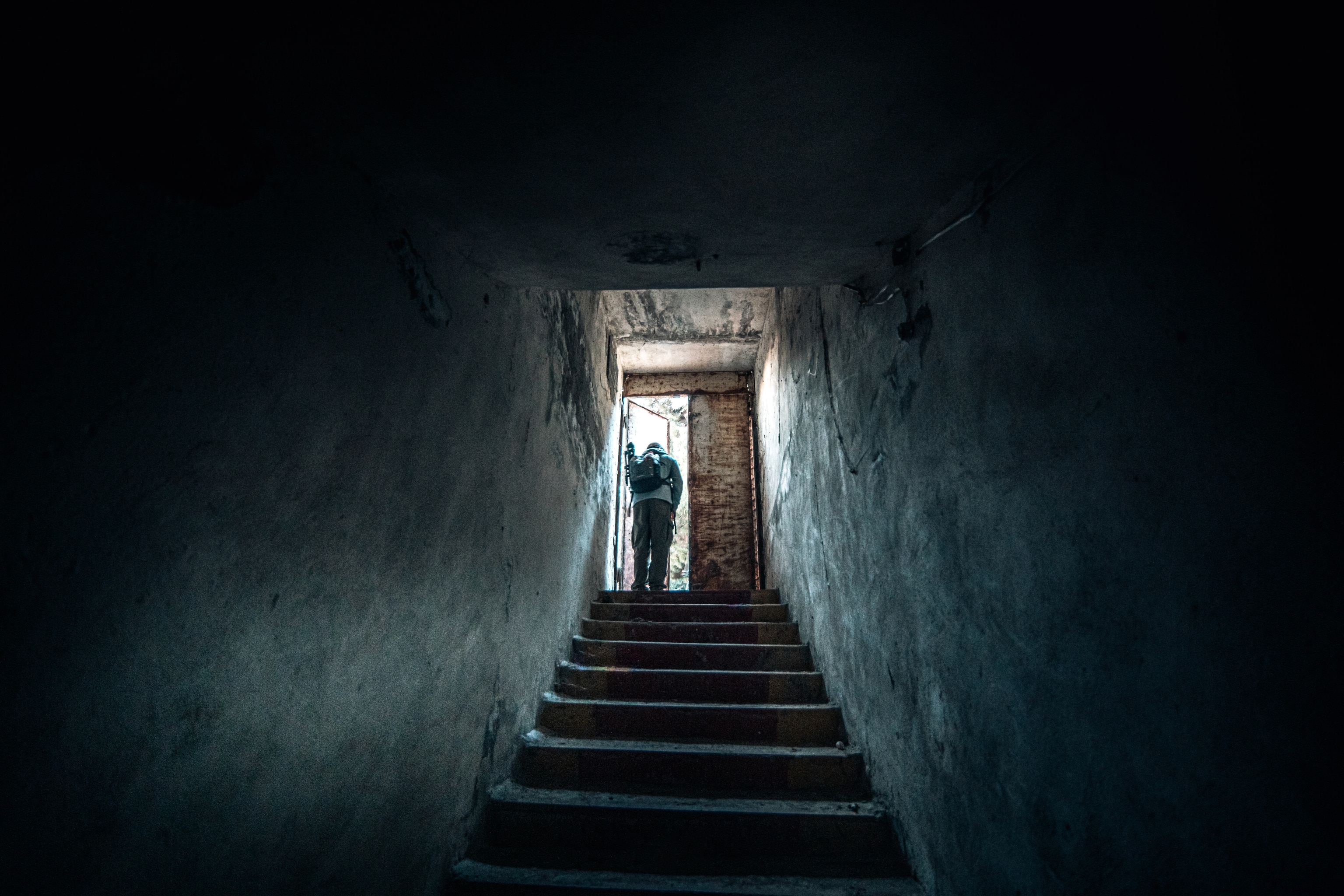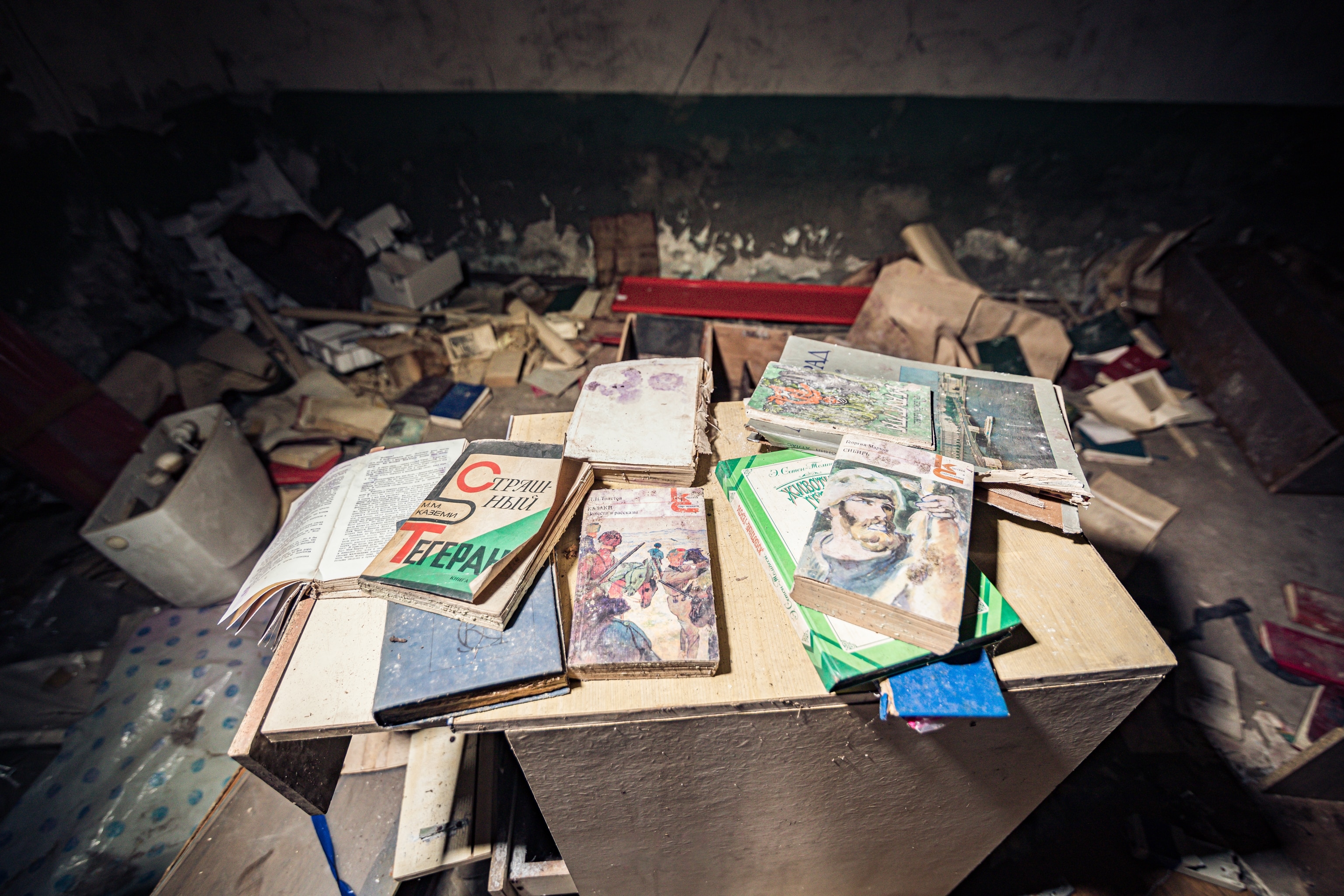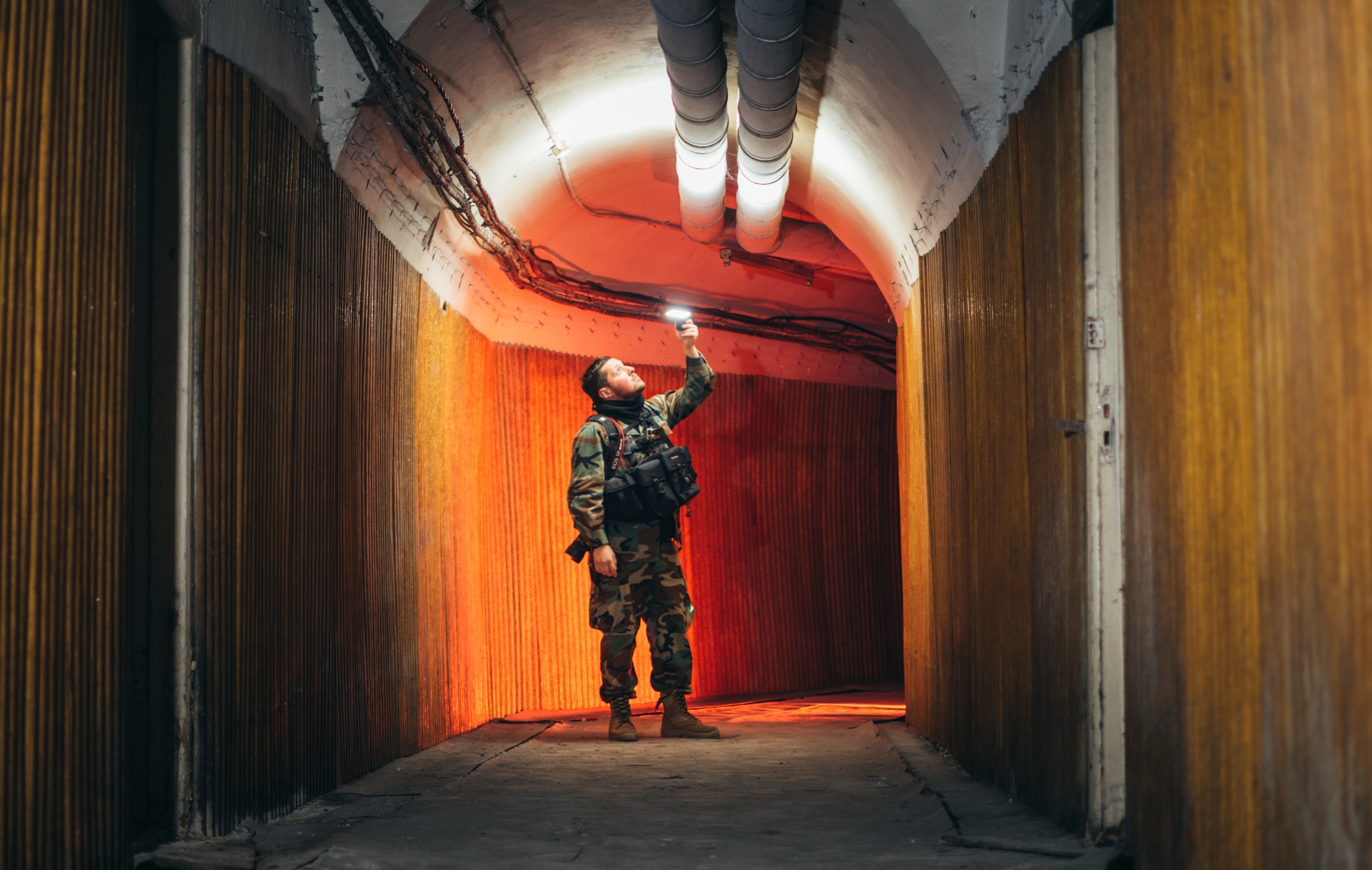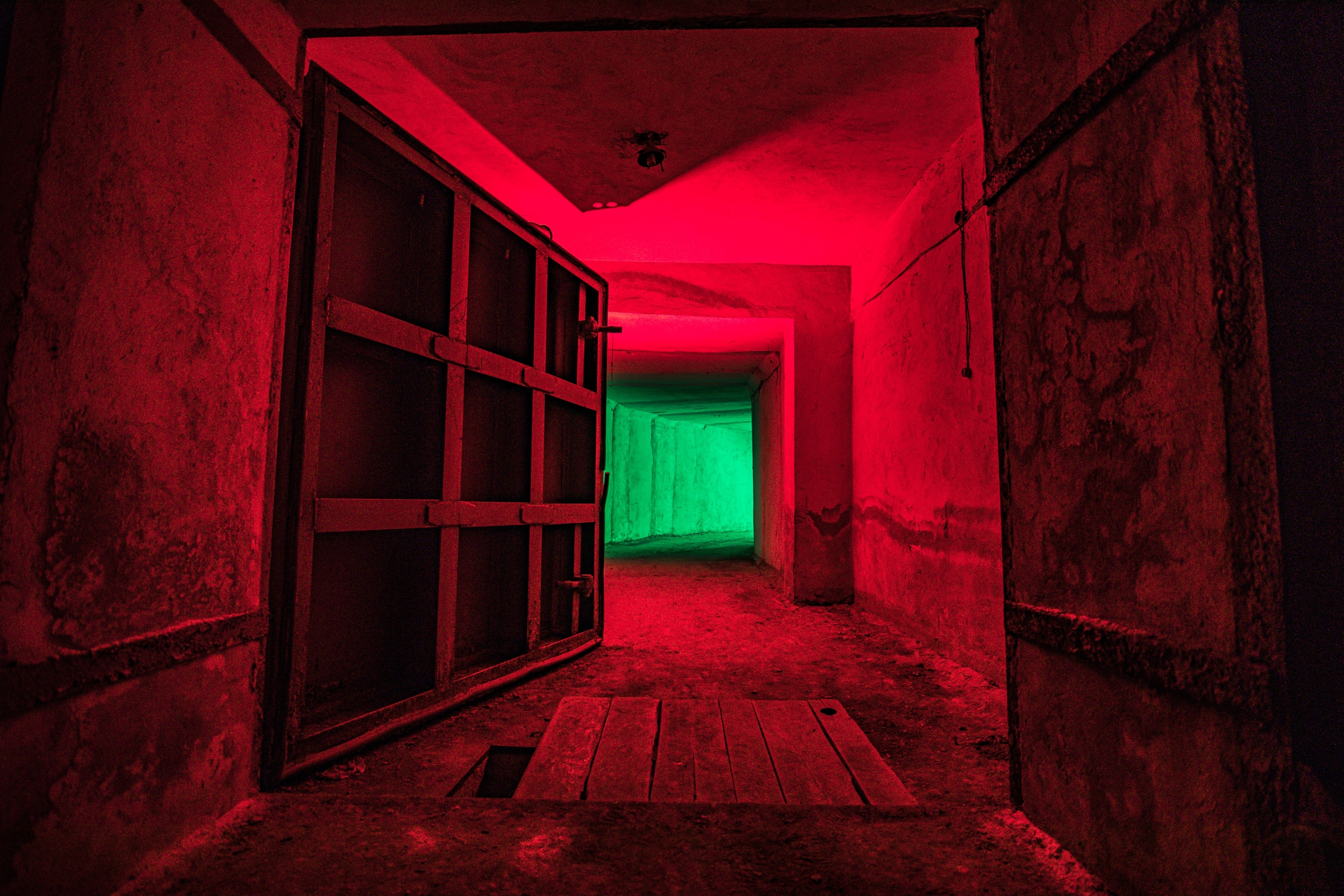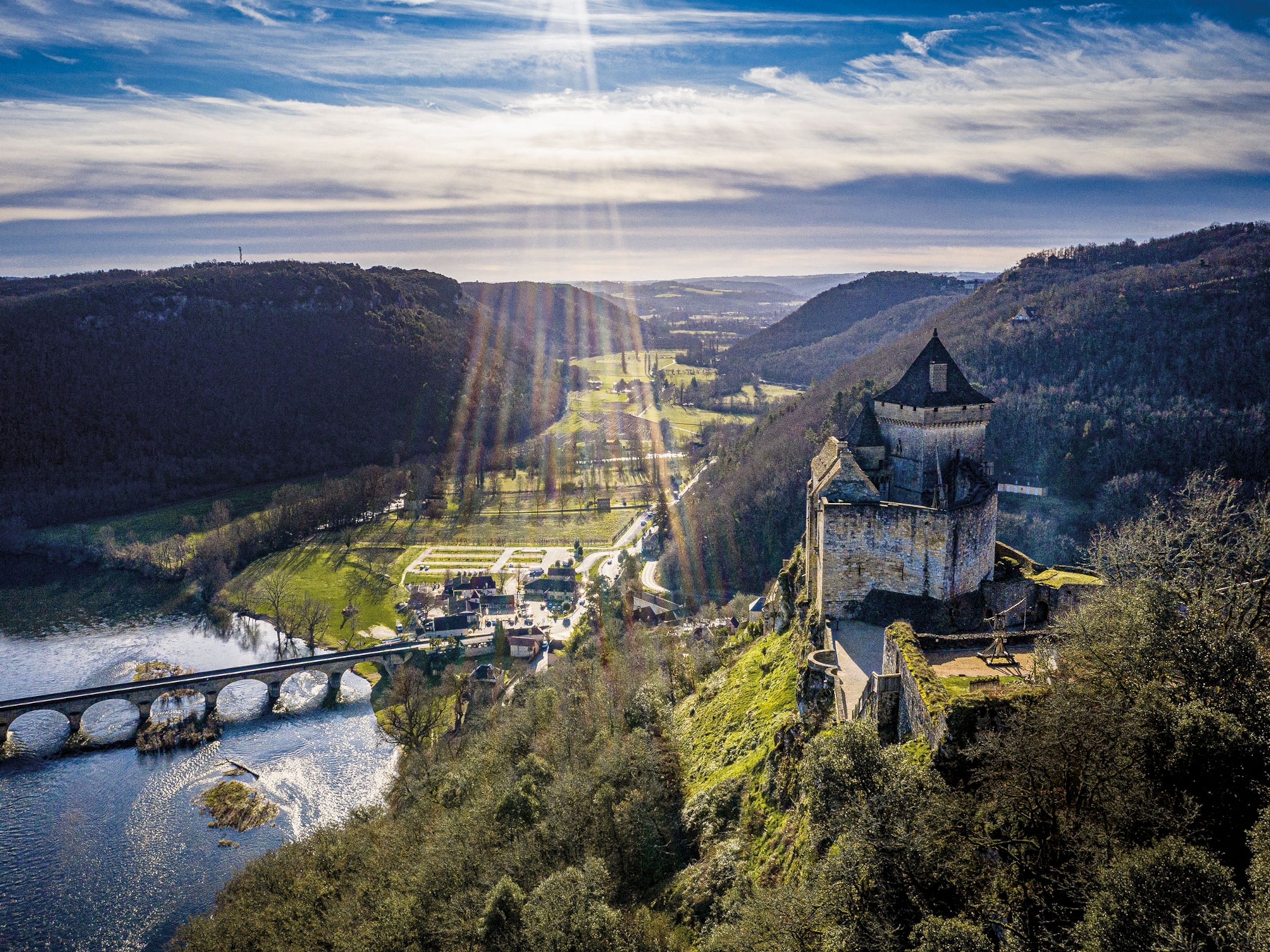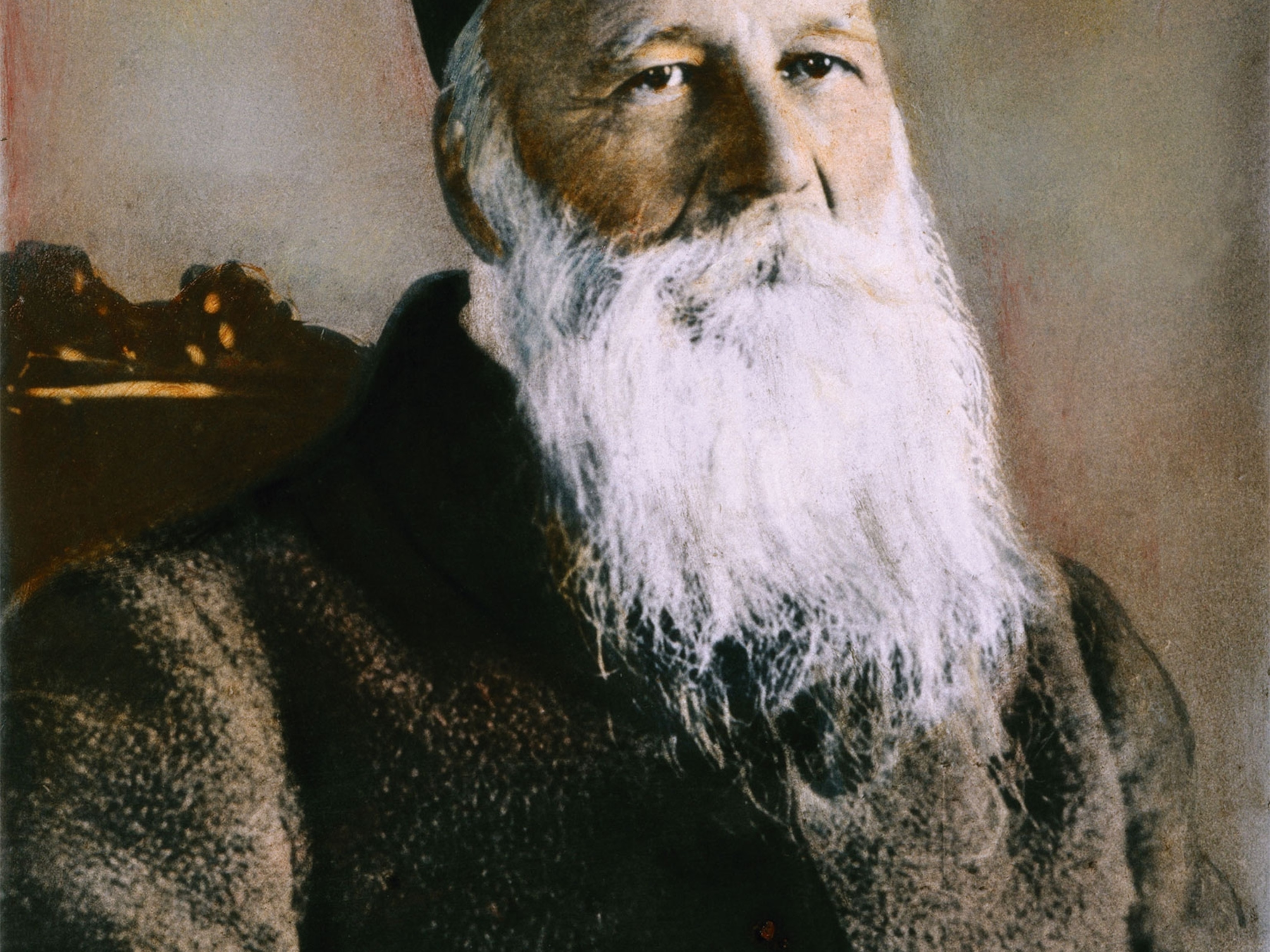
See the abandoned Soviet bunkers hidden beneath Georgia's capital city
A photographer ventured underground to explore the Communist-era ruins.
There is an underground city beneath Tbilisi, the capital of Georgia. During the Cold War, the Soviet Union allocated a large budget to prepare for nuclear and other attacks. Under Tbilisi alone there are about 450 bunkers, one of which includes a huge control panel to provide communication with bunkers below other Georgian cities.
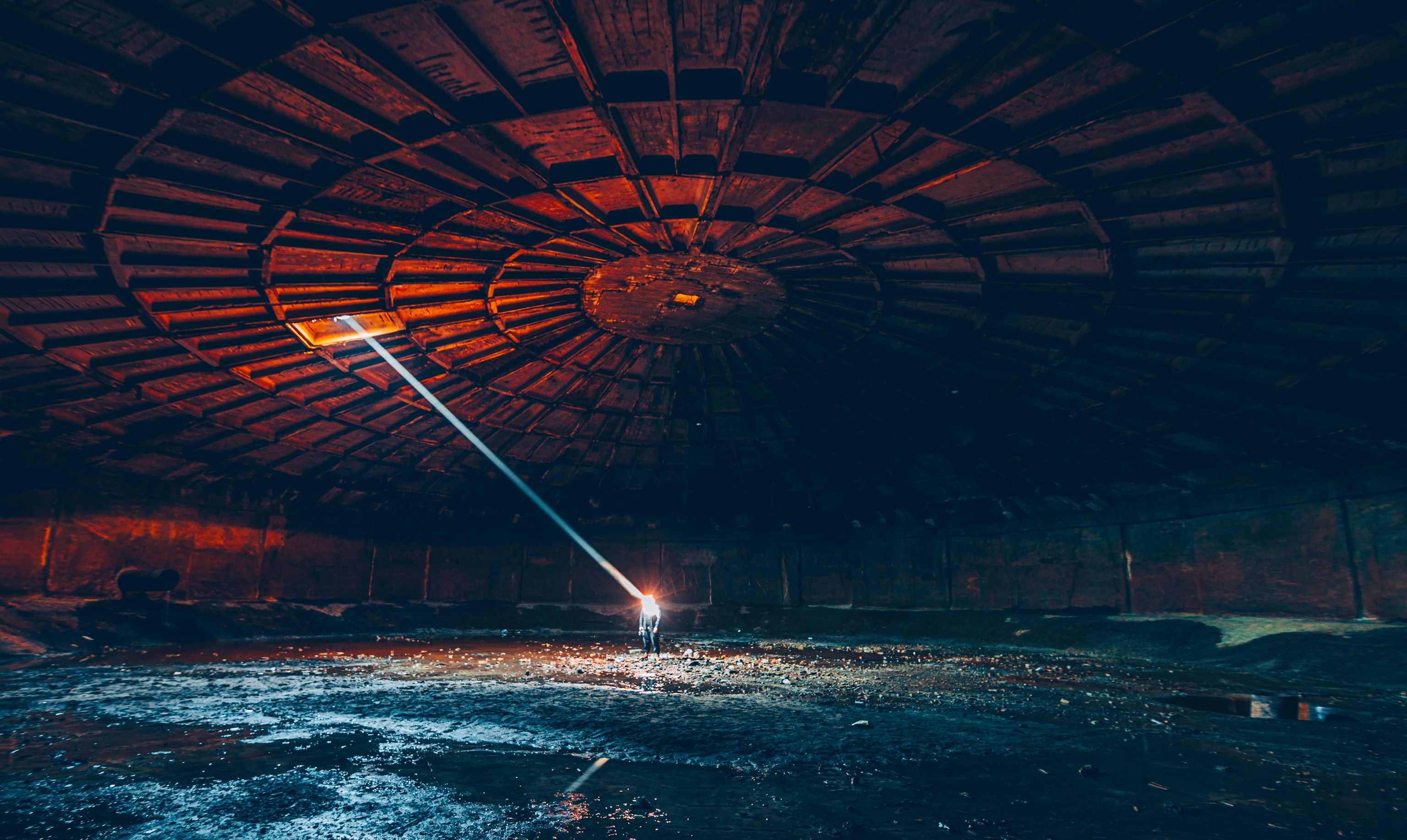
I always wanted to witness and photograph this hidden part of Tbilisi. I knew the location of several of the bunkers, and my friends and I found others through our research. With a trained eye, it is not difficult to locate them. (See how Communist-era bunkers were transformed into museums in Albania.)
After the collapse of the Soviet Union in 1991, the bunkers were abandoned, although some still require special permission to access. I am not making public their exact locations to prevent vandalism. Entering the bunkers is dangerous: Many are damaged and partially collapsed. Bats and stagnant water present other perils. I never knew what to expect. Preparation and special equipment were required to remain safe.
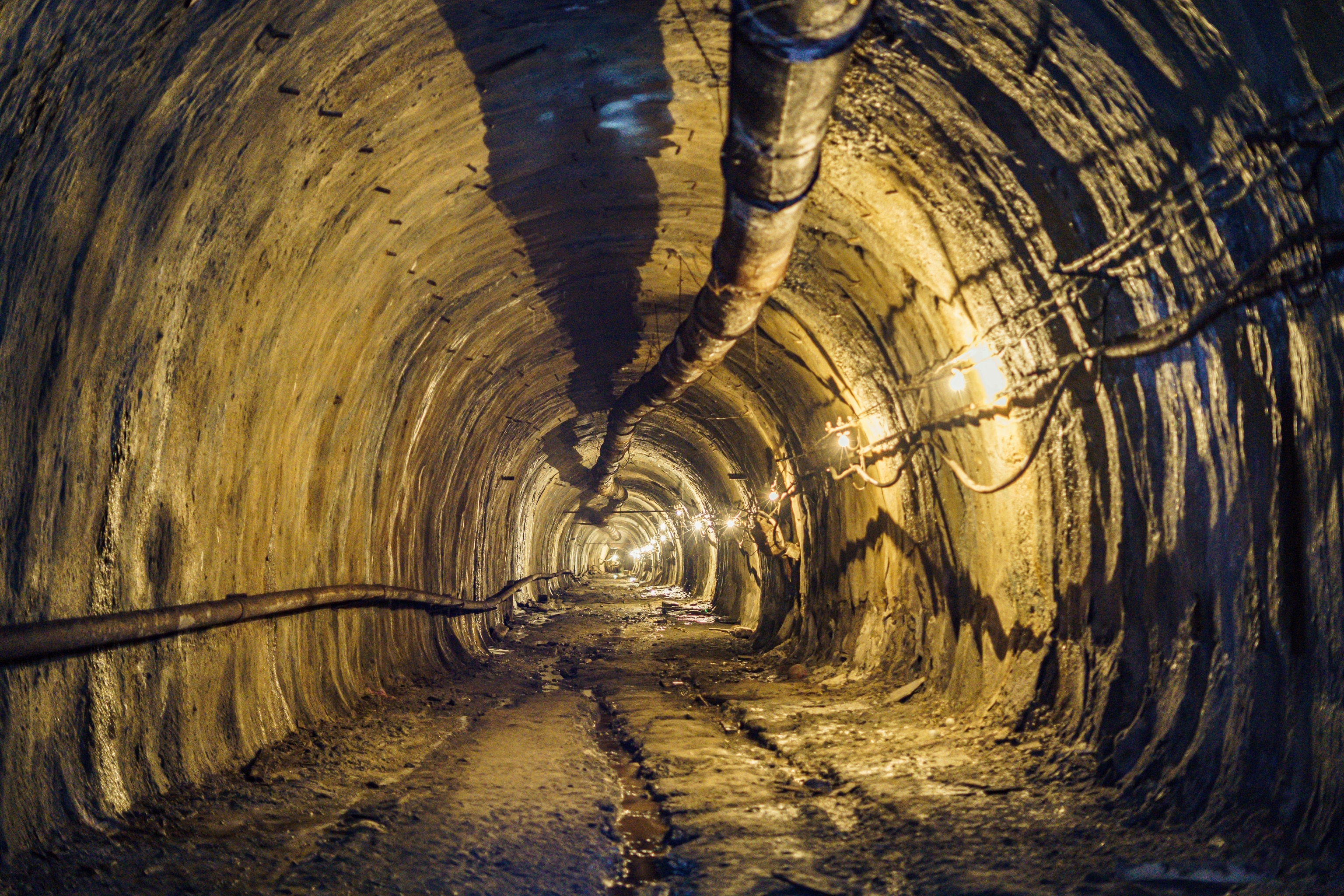

Since these places are cloaked in darkness, I brought my own light and tried to capture the mysterious mood of these places during my voyage below Tbilisi.
